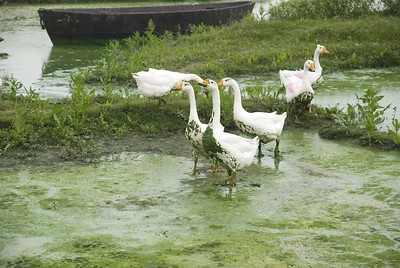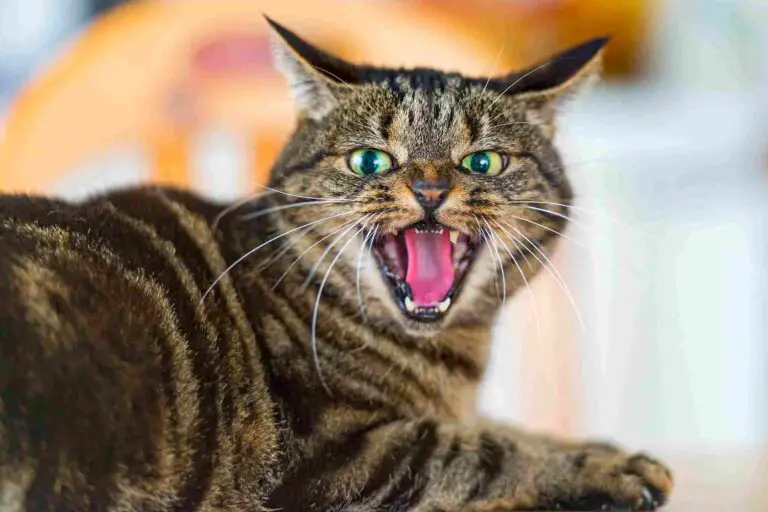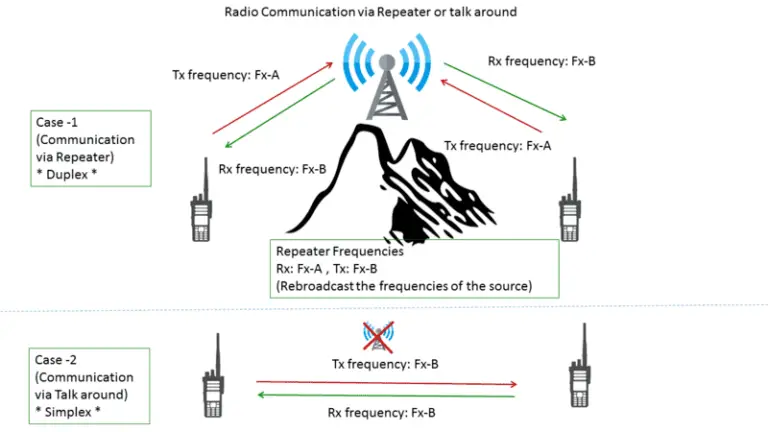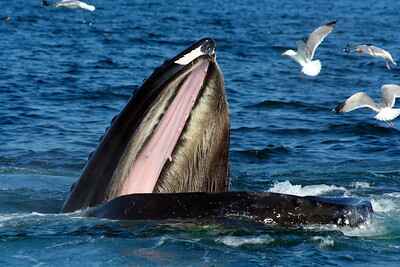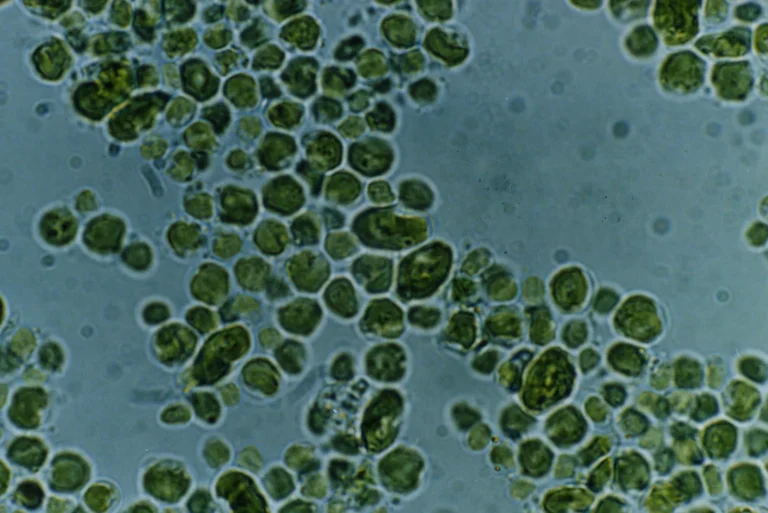Guinea Pig Vs Rabbit as a Pet, Overall Comparison
Exploring the choice between guinea pigs and rabbits delves into their suitability as pets, considering factors like temperament, interaction preferences, and housing requirements.
I. Temperament and Interaction Preferences:
– Guinea pigs tend to be more docile and calmer than rabbits, making them suitable for individuals seeking gentle and less active companions. Rabbits, although affectionate, may exhibit more energetic behaviors and require additional space for exercise.
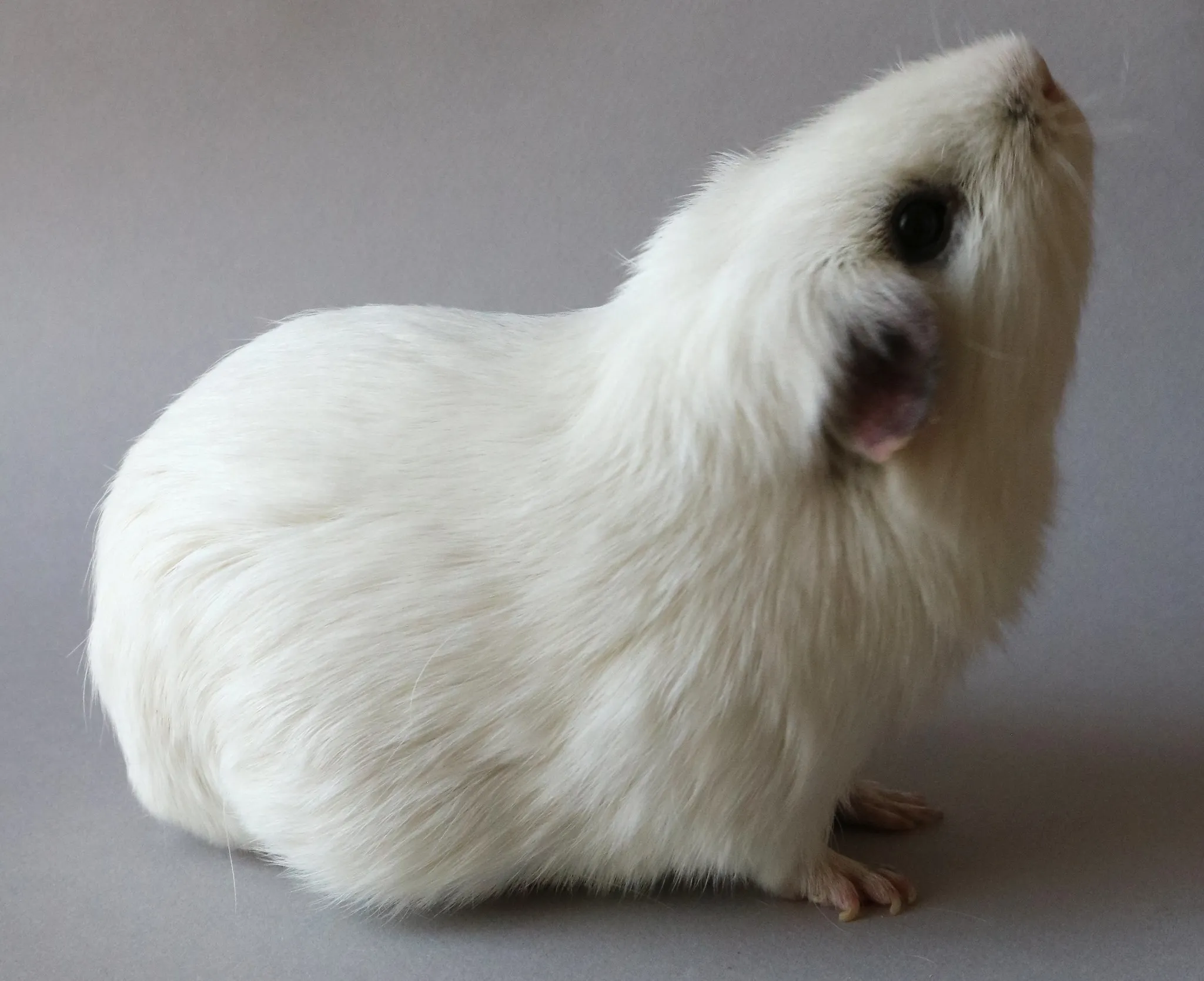
II. Housing Considerations:
– Guinea pigs are a bit easier to house than rabbits, as they can be kept in cages full-time. Rabbits, being larger and more active, may need more space, and some may benefit from access to a secure outdoor area for exercise.
III. Strength and Size:
– Rabbits are significantly larger than guinea pigs, with strong hind legs that can pose a risk of injury to guinea pigs if housed together. Understanding the size and strength differences is crucial for maintaining their safety.
IV. Nutritional Requirements:
– While both guinea pigs and rabbits share a herbivorous diet, their nutritional needs differ. Ensuring appropriate diets tailored to each species is essential for their overall health and well-being.
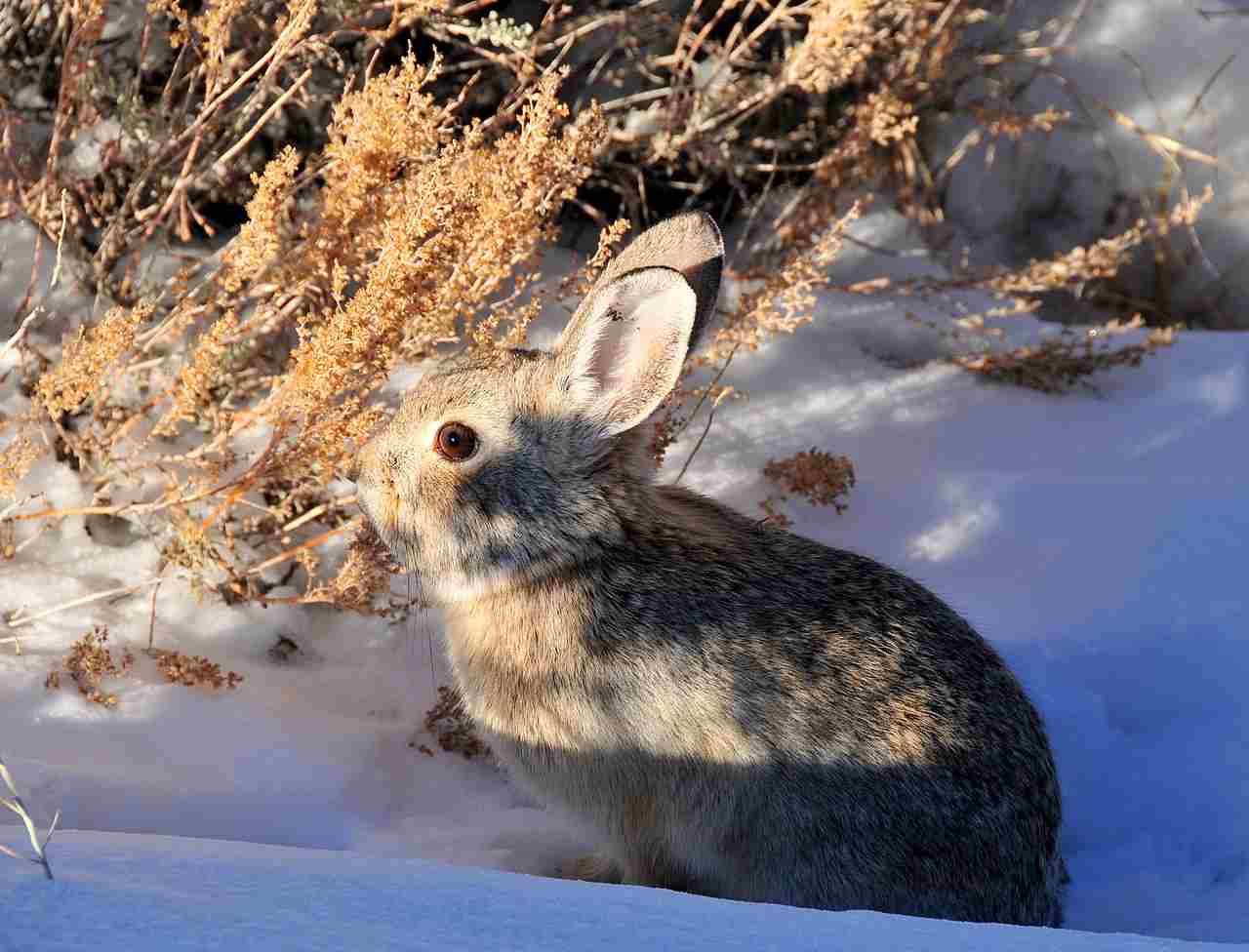
V. Personal Preferences and Considerations:
– Choosing between a guinea pig and a rabbit as a pet depends on individual preferences, the level of interaction desired, available space, and the commitment to meeting their specific needs. Guinea pigs may be more suitable for those seeking a quieter, gentler pet, while rabbits may appeal to those looking for a more active and engaging companion.
*Details of Comparison
| Criteria | Guinea Pig | Rabbit |
| Appearance | Compact, rounded |
Slender, elongated
|
| Size | 8-10 inches |
Varies, 2 to 2.5 feet
|
| Weight | 1.5-2.5 pounds | 2-20 pounds |
| Dentition & Bite Force | Limited bite force | Strong bite force |
| Offensive Advantages | Limited |
Strong hind legs for kicking
|
| Defensive Advantages | Limited, hiding |
Excellent burrowers
|
| Speed | Slow | 25-45 mph |
| Agility | Moderate | Highly agile |
| Senses | Good smell, hearing; limited vision |
Excellent vision, sensitive hearing, smell
|
| Overall Physical Capacity | Moderate |
High, especially in speed and agility
|
| Habitat & Region | Grasslands, South America |
Diverse habitats worldwide
|
| Tracks | Small, round |
Larger, distinctive
|
| Lifespan | 5-7 years | 5-10 years |
| Mode of Feeding | Herbivores | Herbivores |
| Intelligence | Limited |
Higher problem-solving
|
| Social Behavior | Social |
Social with complex structures
|
| Reproduction | Gestation ~68 days |
Gestation 28-35 days
|
| Parental Behavior | Provide maternal care |
Provide maternal care
|
| Proximity to Humans | Can adapt to human-inhabited areas |
Can adapt to human-inhabited areas
|
| Behavior Toward Humans | Docile | Varied |
| Danger to Humans | Generally not dangerous |
Generally not dangerous
|
| Associated Precautions | Handle with care |
Handle with care
|
| Conservation Status | Not a conservation concern |
Varies; some species endangered
|
1. Taxonomy:
Guinea Pig:
Kingdom: Animalia
Phylum: Chordata
Class: Mammalia
Order: Rodentia
Family: Caviidae
Genus: Cavia
Species: Cavia porcellus
Rabbit:
Kingdom: Animalia
Phylum: Chordata
Class: Mammalia
Order: Lagomorpha
Family: Leporidae
Genus: Oryctolagus (European Rabbit)
Species: Oryctolagus cuniculus
2. Appearance:
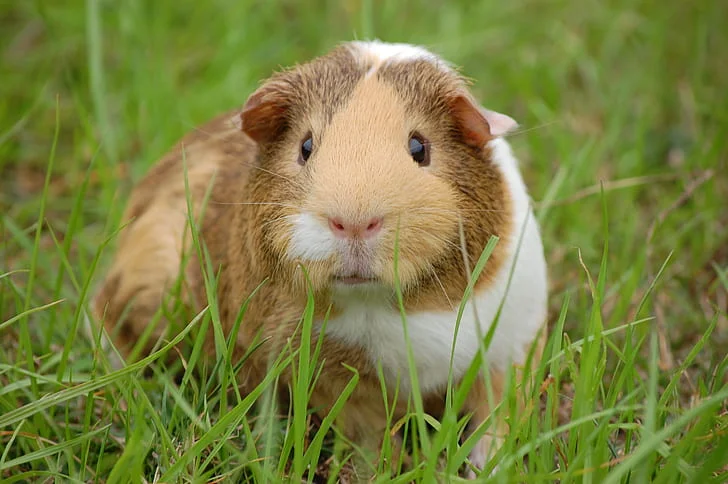
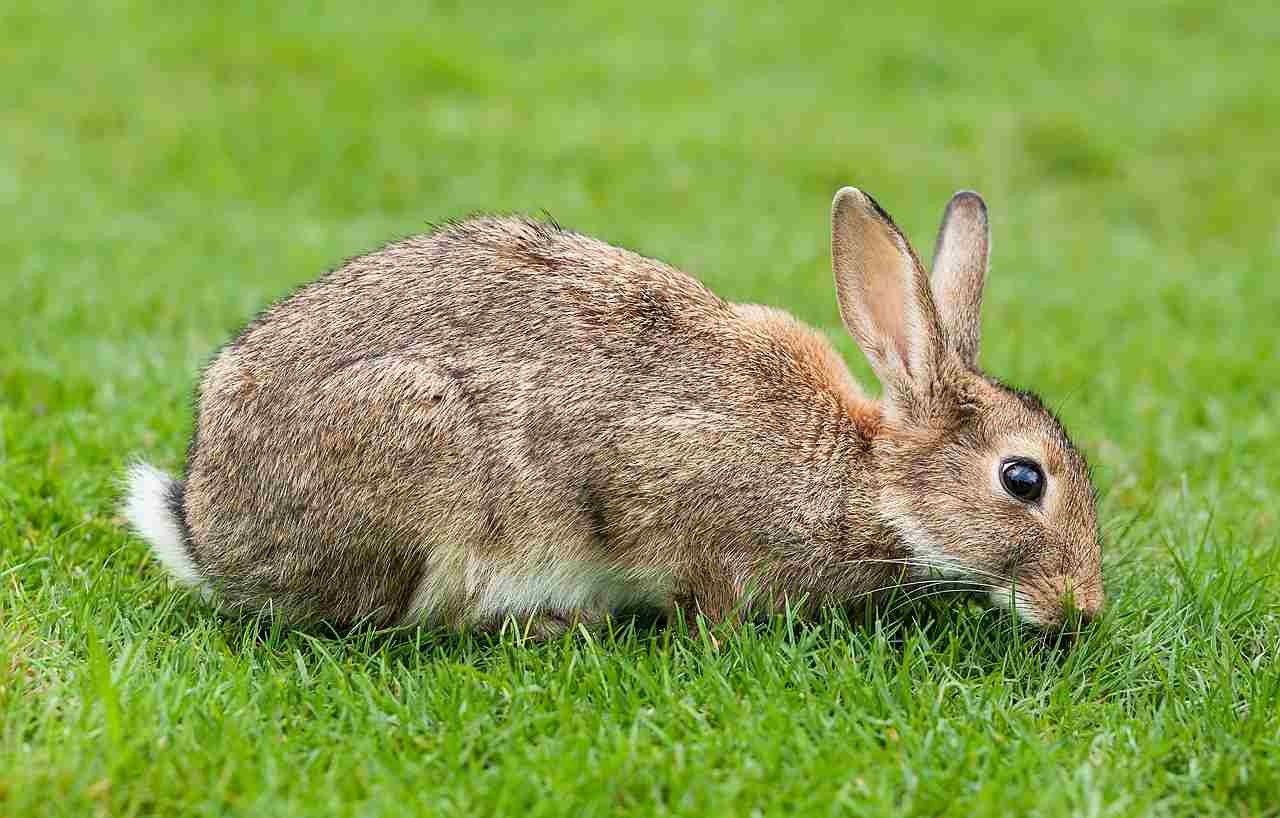
Guinea Pig:
Compact body, rounded shape, and short legs.
Covered in dense fur, usually in various colors and patterns.
Short ears and a small, blunt nose.
Rabbit:
Slender body, long hind legs, and large ears.
Fur comes in diverse colors and patterns.
Long, sensitive ears and a more elongated face.
Comparison: Guinea pigs are more compact, with a rounded shape, while rabbits have a slender, elongated body.
Ecological Implications: These physical differences cater to their respective ecological niches. Guinea pigs’ compactness may aid in navigating dense vegetation, while a rabbit’s elongated body and powerful hind legs might be advantageous for swift escapes in open environments.
3. Size:
Guinea Pig:
Typically 8-10 inches (20-25 cm) in length.
Rabbit:
Varies by breed; can range from 2 to 2.5 feet (60-76 cm) in length.
Comparison: Guinea pigs are generally smaller in size compared to rabbits.
Ecological Implications: Size influences their role in ecosystems; smaller guinea pigs may have different predators and dietary preferences compared to larger rabbits.
4. Weight:
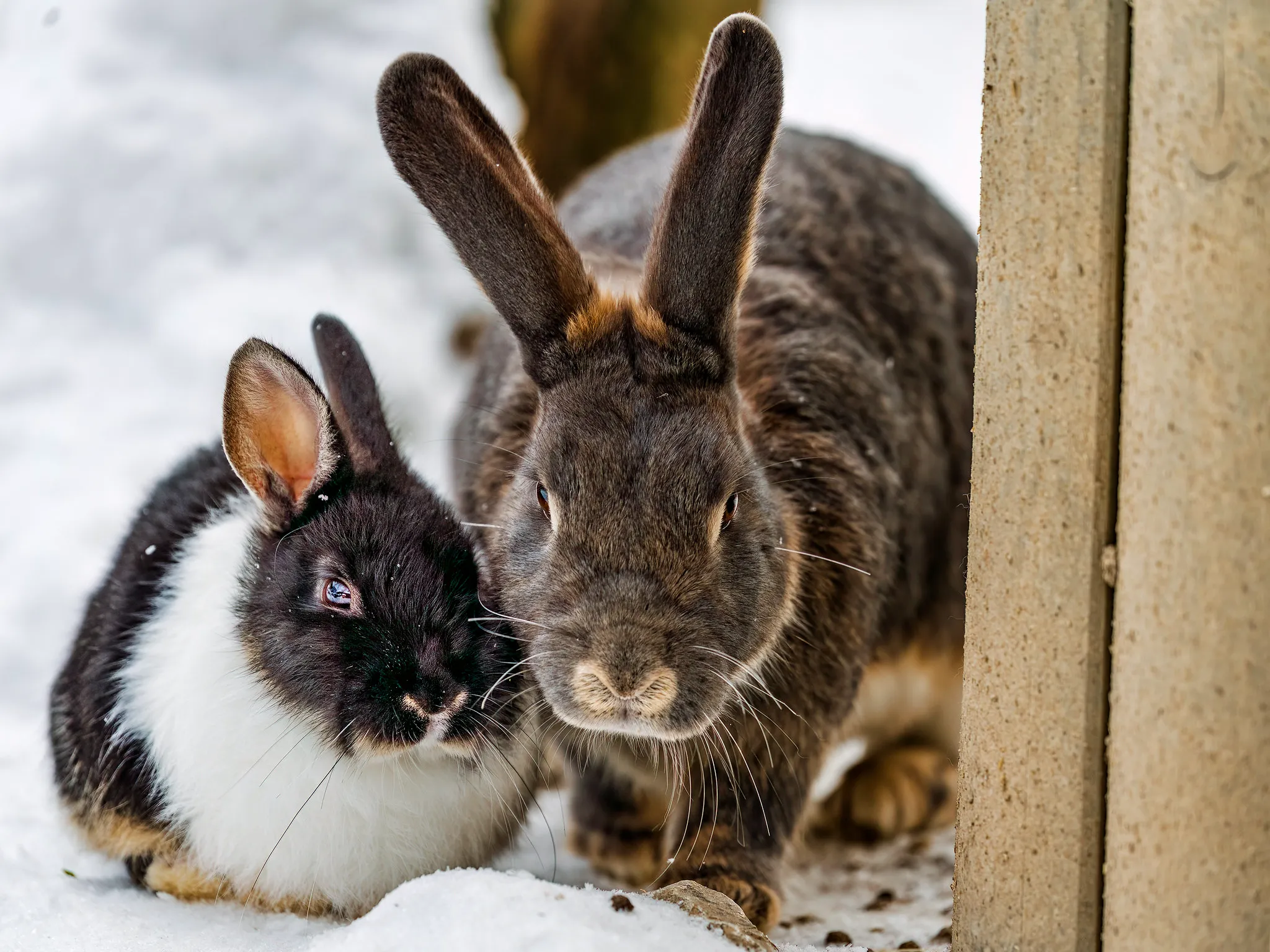
Guinea Pig:
Average weight ranges from 1.5 to 2.5 pounds (700-1100 grams).
Rabbit:
Weights vary widely; from 2 to 20 pounds (1-9 kg) or more.
Comparison: Guinea pigs are generally lighter than rabbits.
Ecological Implications: Weight affects mobility and energy requirements, influencing feeding habits and potential predators.
5. Dentition and Bite Force (PSI):
Guinea Pig:
Herbivorous with continuously growing incisors.
Limited bite force.
Rabbit:
Herbivorous with continuously growing incisors.
Strong bite force, especially in some larger breeds.
Comparison: While both are herbivores with continuously growing incisors, rabbits may have a stronger bite force.
Ecological Implications: Bite force can influence feeding strategies and the ability to process different plant materials in their habitats.
6. Physical Offensive Advantages:
Guinea Pig:
Limited offensive capabilities, relies more on evasion.
Rabbit:
Strong hind legs with sharp claws; can kick as a defensive measure.
Comparison: Rabbits have stronger offensive capabilities due to their powerful hind legs.
Ecological Implications: Offensive abilities contribute to their survival strategies, allowing rabbits to defend against predators more actively.
7. Physical Defensive Advantages:
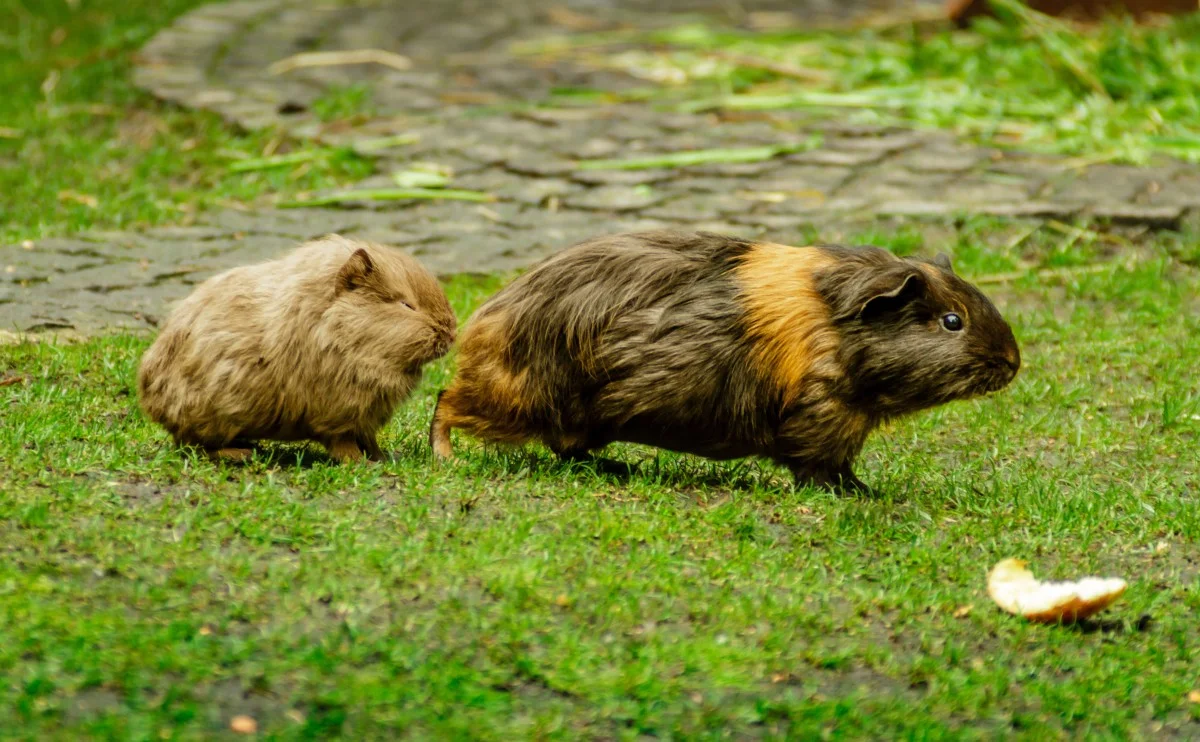
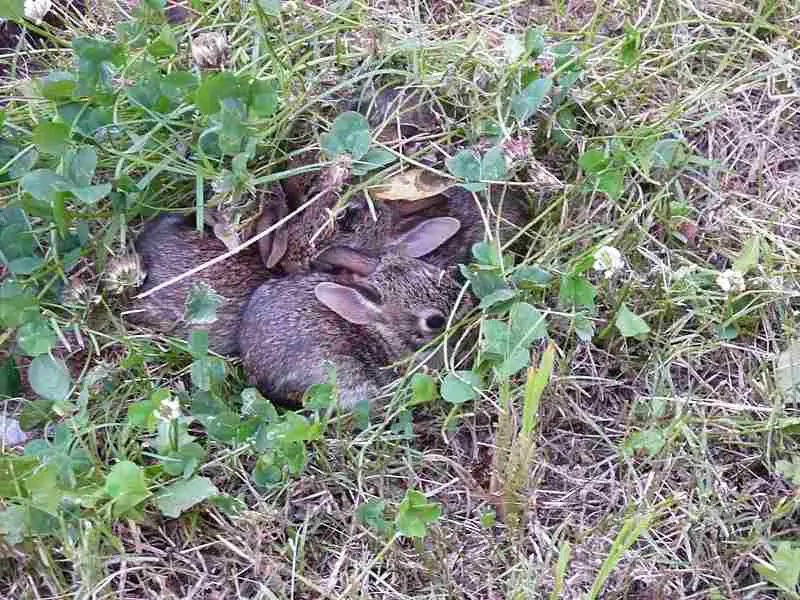
Guinea Pig:
Limited defensive mechanisms, often relies on hiding.
Rabbit:
Excellent burrowers; can escape and hide in underground tunnels.
Comparison: Rabbits possess better defensive strategies, utilizing burrows for protection.
Ecological Implications: Defensive adaptations, like burrowing, enhance a rabbit’s ability to evade predators, contributing to its ecological niche.
8. Speed (Km/hour or Mile/hour):
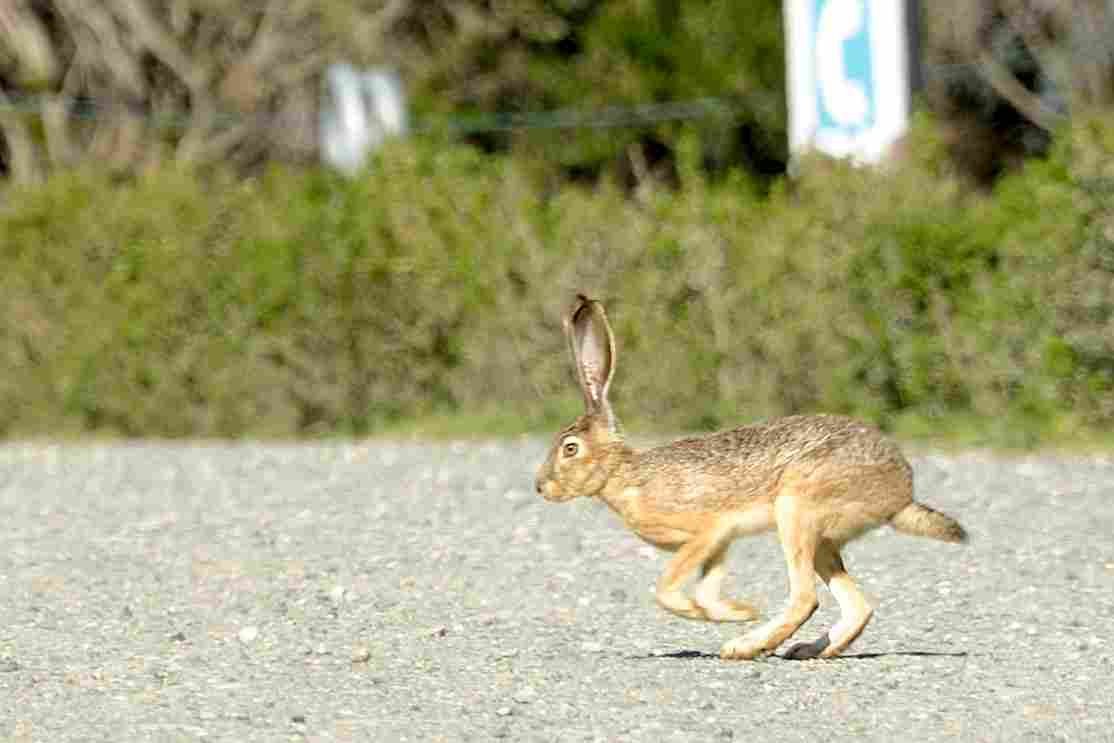
Guinea Pig:
Limited speed, typically a slow runner.
Rabbit:
Fast runners, with speeds ranging from 25 to 45 mph (40-72 km/h).
Comparison: Rabbits are significantly faster than guinea pigs.
Ecological Implications: Speed is crucial for escaping predators, and the rabbit’s high speed is a valuable adaptation in open environments.
9. Agility:
Guinea Pig:
Moderate agility, able to navigate through vegetation.
Rabbit:
Highly agile, capable of quick turns and jumps.
Comparison: Rabbits exhibit higher agility compared to guinea pigs.
Ecological Implications: Agility aids in navigating varied terrains; rabbits’ agility is an asset in both open fields and wooded areas.
10. Senses:
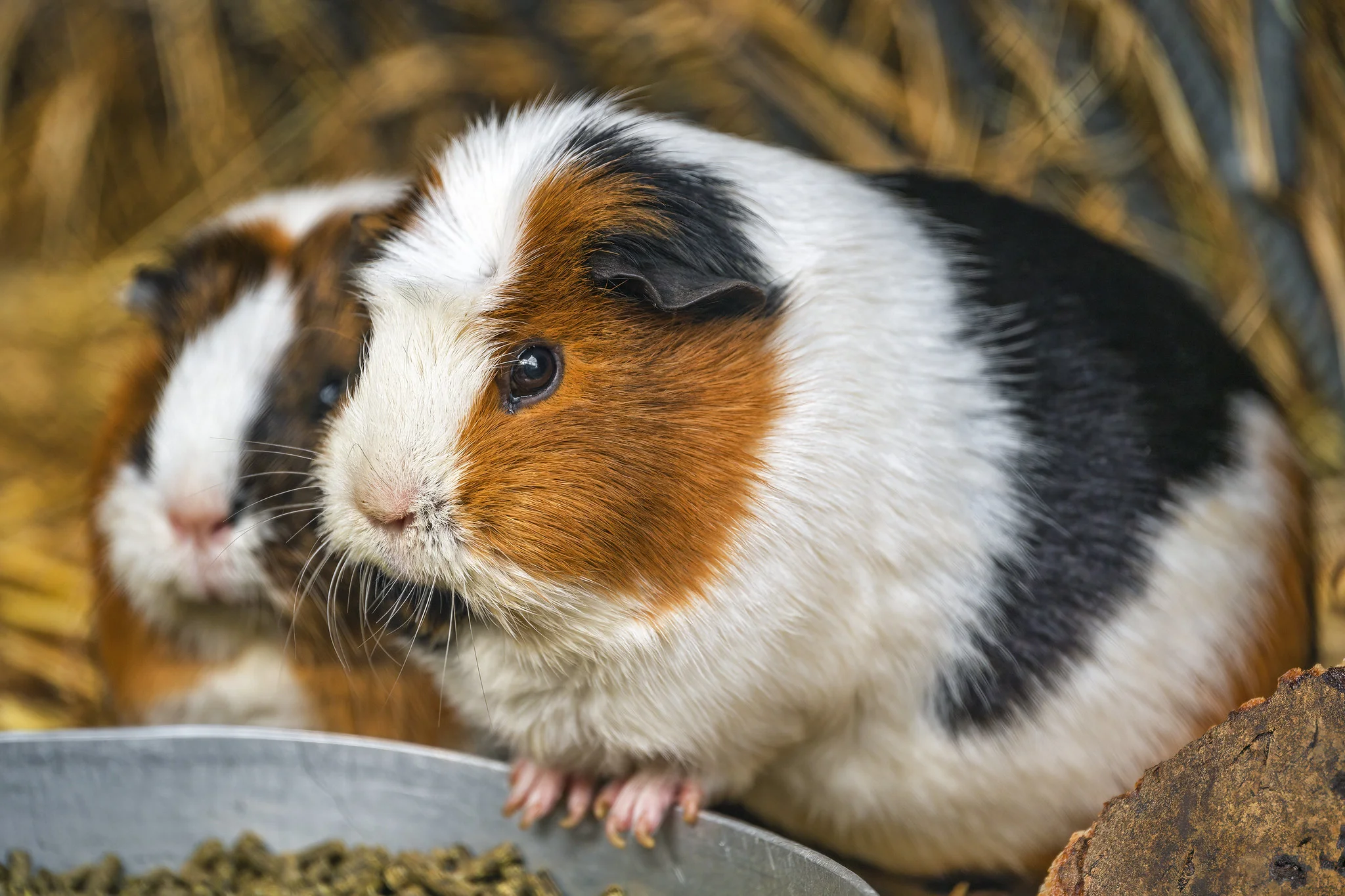
Guinea Pig:
Good sense of smell and hearing.
Limited vision, particularly in detecting motion.
Rabbit:
Excellent vision, especially detecting motion.
Sensitive hearing and a good sense of smell.
Comparison: While both have good senses, rabbits excel in visual motion detection.
Ecological Implications: Sensory adaptations cater to their specific environments; rabbits’ keen vision aids in detecting predators from a distance.
11. Overall Physical Capacity:
Guinea Pig:
Moderate physical capabilities.
Rabbit:
High physical capabilities, especially in terms of speed and agility.
Comparison: Rabbits generally have a higher overall physical capacity.
Ecological Implications: Greater physical capacity enhances a rabbit’s ability to thrive in diverse habitats, including those with potential predators.
12. Habitat Preference(s) and Geographic Region:
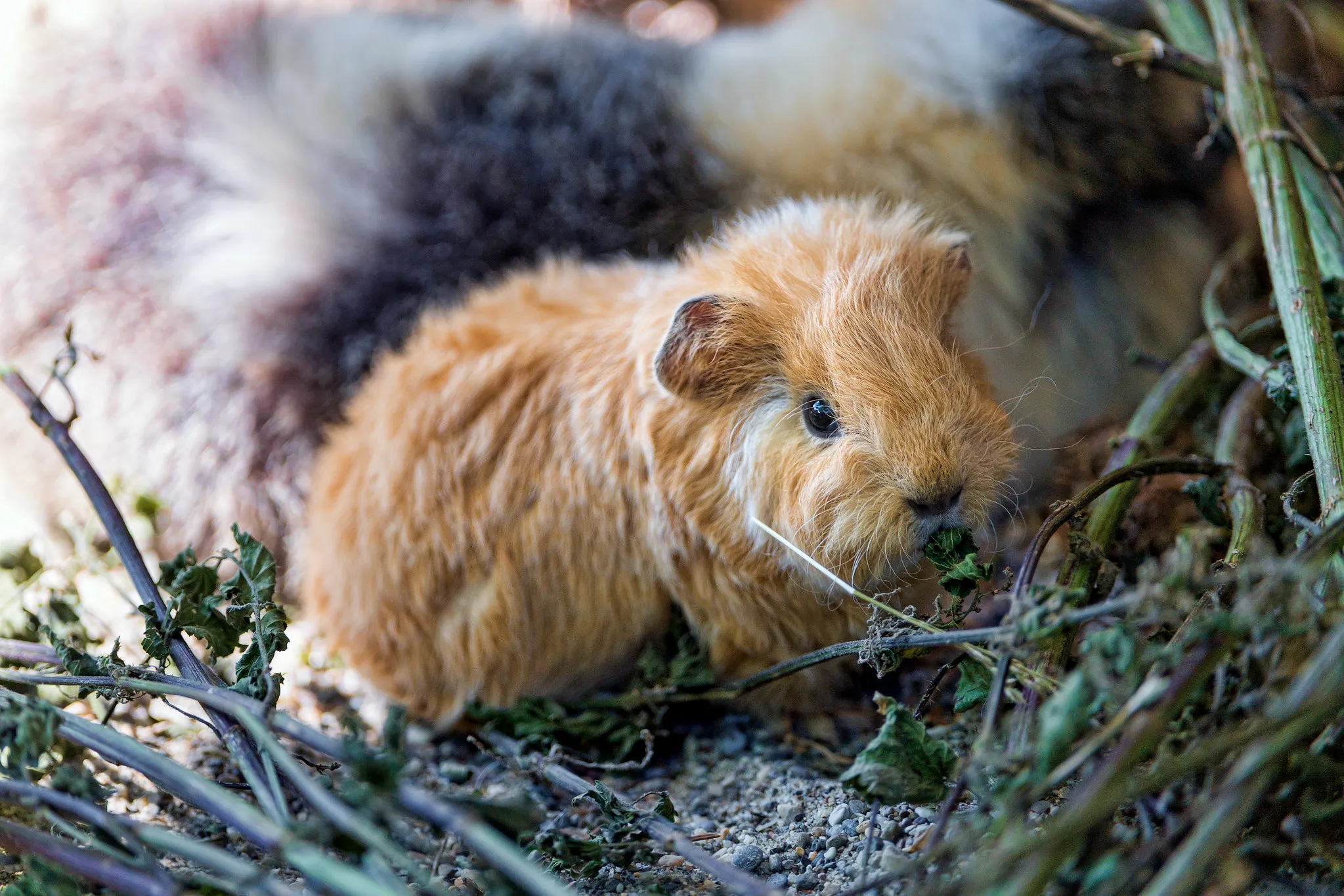

Guinea Pig:
Native to South America; prefer grassy areas.
Rabbit:
Found worldwide; diverse habitats including meadows, forests, and deserts.
Comparison: Guinea pigs have a more specific habitat preference compared to the widespread distribution of rabbits.
Ecological Implications: Habitat preferences influence their role in ecosystems and interactions with other species.
13. Tracks:
Guinea Pig:
Small, round tracks; distinctive pattern due to their short legs.
Rabbit:
Larger, distinctive tracks; hind legs leave a more prominent mark.
Comparison: Track size and pattern differ, reflecting their respective anatomies.
Ecological Implications: Tracking can aid in ecological studies and understanding their movement patterns in the wild.
14. Lifespan:
Guinea Pig:
Average lifespan of 5-7 years.
Rabbit:
Lifespan varies by breed; typically 5-10 years.
Comparison: Lifespan is relatively similar, with rabbits potentially having a slightly longer average.
Ecological Implications: Lifespan influences reproductive strategies and population dynamics within their ecological communities.
15. Mode of Feeding:
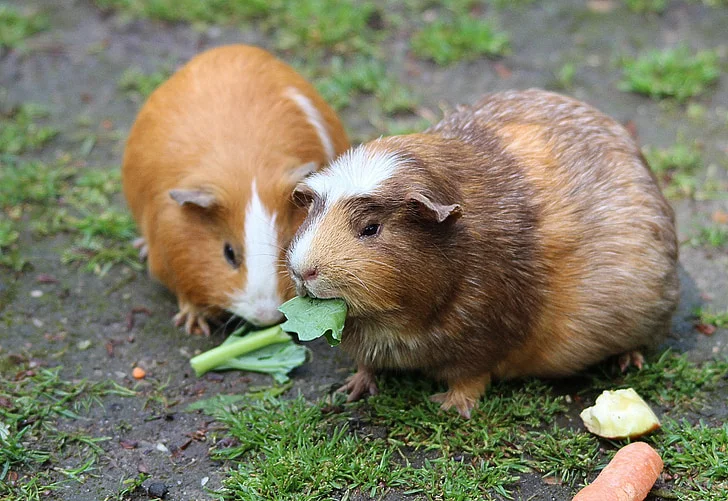
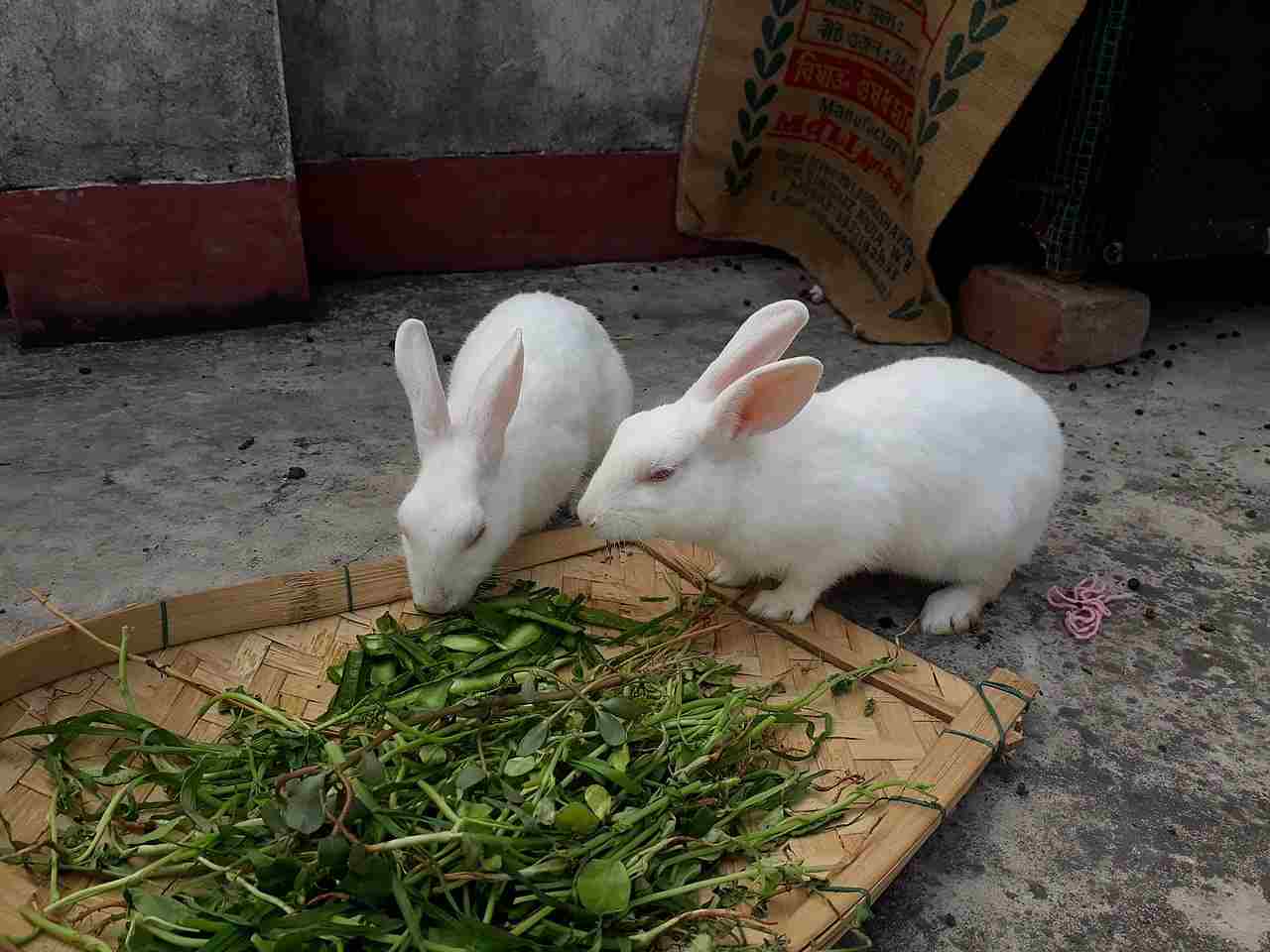
Guinea Pig:
Herbivores, primarily consuming grasses and vegetables.
Rabbit:
Herbivores, with a diet including grasses, leafy greens, and some vegetables.
Comparison: Both are herbivores, sharing similar dietary preferences.
Ecological Implications: Herbivorous diets impact plant communities and play a role in shaping ecosystems.
16. Intelligence:
Guinea Pig:
Limited problem-solving abilities.
Rabbit:
Display higher problem-solving and learning capabilities.
Comparison: Rabbits generally exhibit higher intelligence compared to guinea pigs.
Ecological Implications: Intelligence contributes to adaptive behaviors and responses to environmental challenges.
17. Social Behavior:
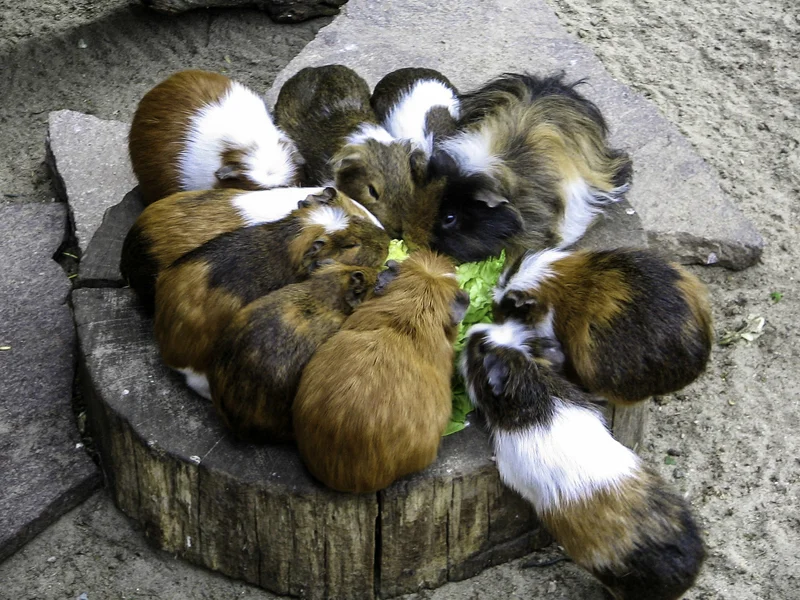
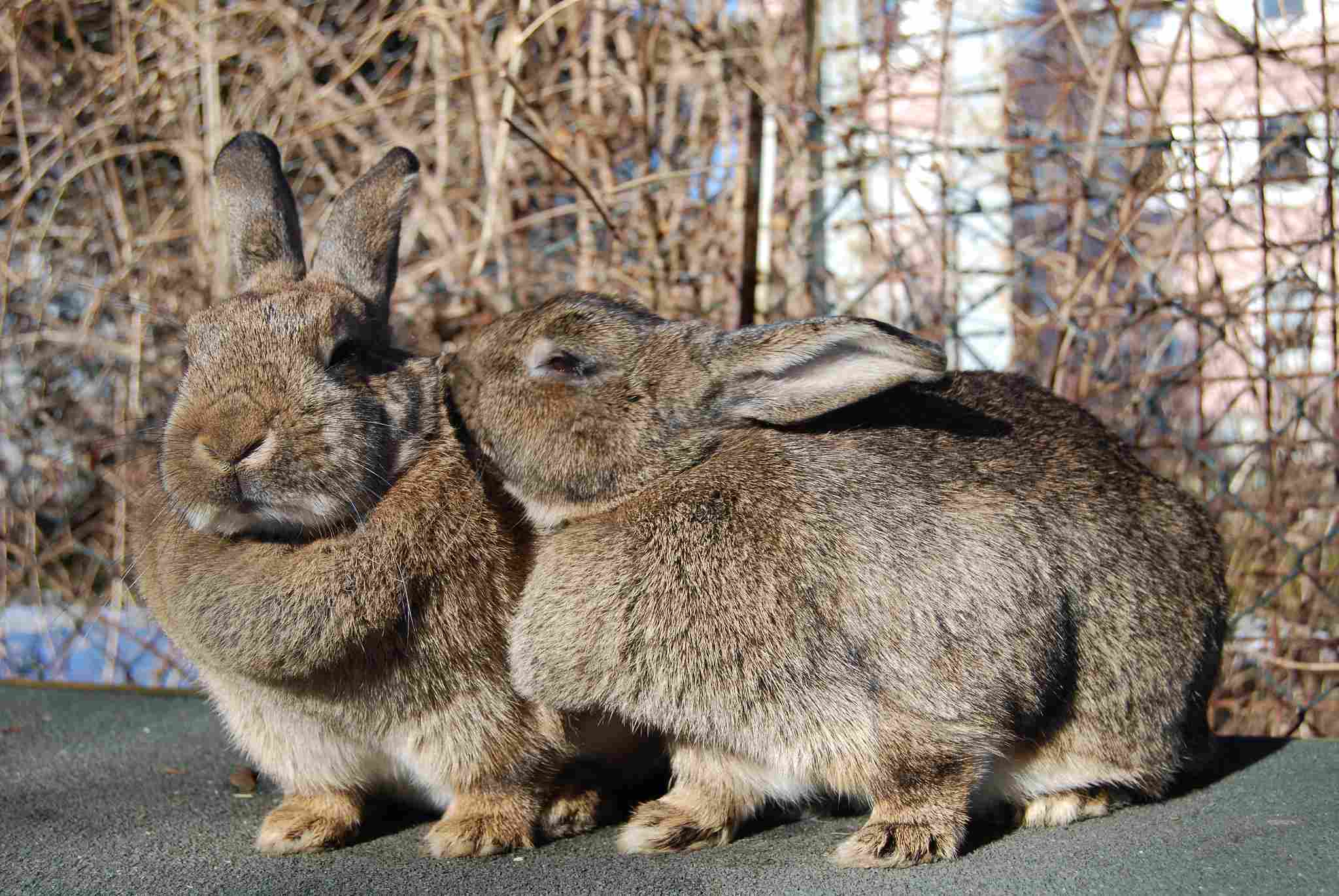
Guinea Pig:
Social animals; thrive in pairs or groups.
Rabbit:
Social animals; can form complex social structures.
Comparison: Both species are social, but rabbits may display more intricate social behaviors.
Ecological Implications: Social structures impact their interactions with conspecifics and potentially influence ecosystem dynamics.
18. Mode of Reproduction:
Guinea Pig:
Capable of reproducing at a young age; gestation period around 68 days.
Rabbit:
Also capable of reproducing early; gestation period is approximately 28-35 days.
Comparison: Both species can reproduce early, with rabbits having a shorter gestation period.
Ecological Implications: Reproductive strategies influence population dynamics and species interactions within ecosystems.
19. Parental Behavior:
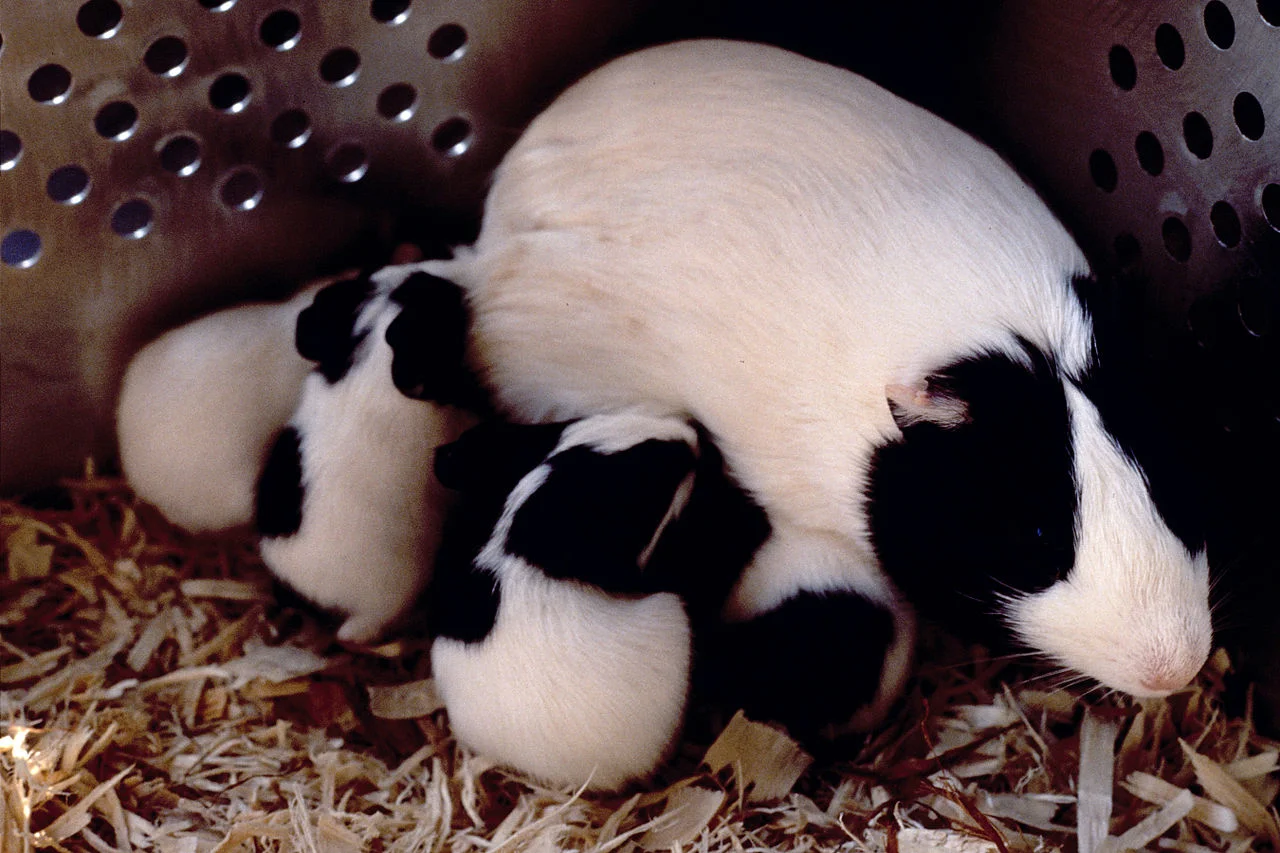
Guinea Pig:
Display attentive parental care; mothers nurse and protect the young.
Rabbit:
Provide maternal care; mothers nurse and create burrows for protection.
Comparison: Both species exhibit maternal care, ensuring the safety and well-being of their offspring.
Ecological Implications: Parental behavior impacts the survival and development of the young, influencing overall population health.
20. Proximity to Human-Inhabited Areas:
Guinea Pig:
Often kept as pets; may inhabit areas near human dwellings.
Rabbit:
Commonly found in urban and suburban areas; can be kept as pets.
Comparison: Both guinea pigs and rabbits can adapt to and live in proximity to human-inhabited areas.
Ecological Implications: Adaptability to human environments may affect local ecosystems and introduce interactions with domesticated animals.
21. Behavior Toward Humans:
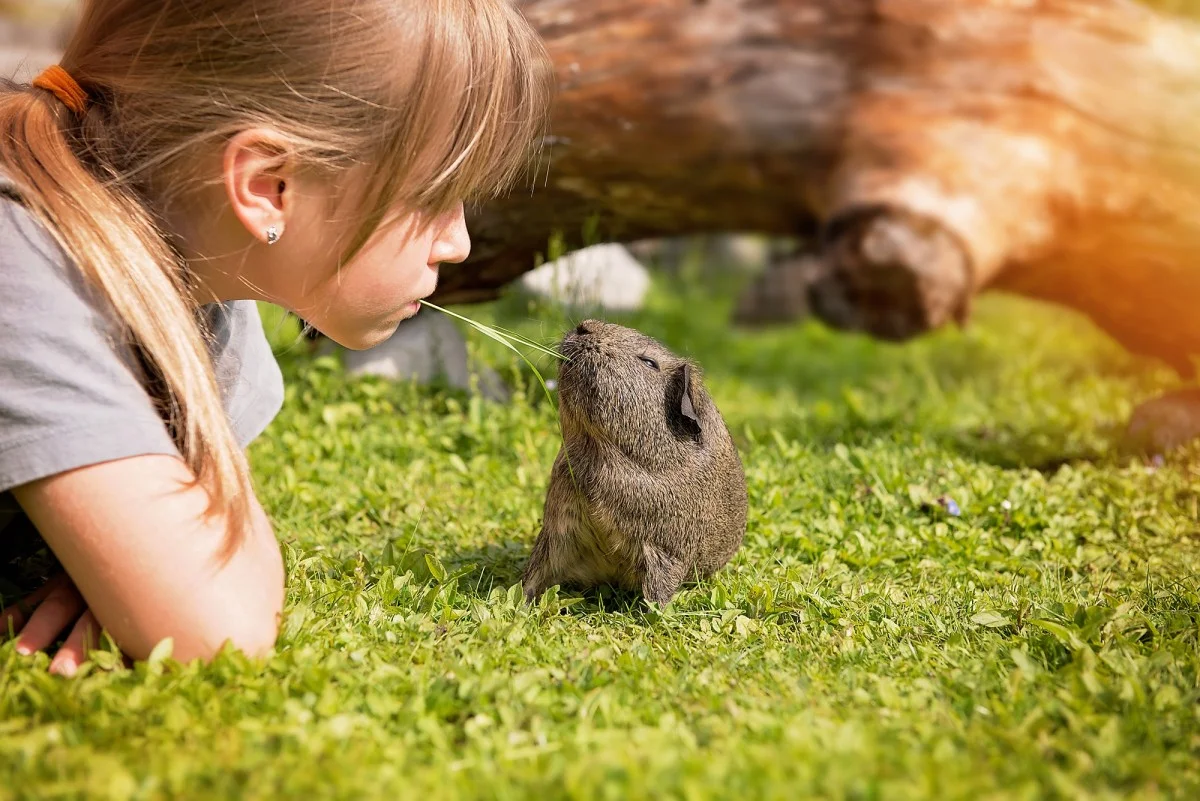

Guinea Pig:
Generally docile and can form bonds with humans.
Rabbit:
Varied; can be social and affectionate, but individual personalities vary.
Comparison: Guinea pigs are often consistently docile, while rabbit behavior can be more diverse.
Ecological Implications: Interactions with humans can impact the behavior and survival of these species in anthropogenic environments.
22. Danger Posed to Humans:
Guinea Pig:
Generally not dangerous to humans; may nip if provoked but lack significant harm potential.
Rabbit:
Typically not dangerous, but larger breeds with strong hind legs can cause injury if they feel threatened.
Comparison: Both guinea pigs and rabbits are generally not considered dangerous to humans.
Ecological Implications: Limited danger to humans reduces potential conflicts in shared environments.
23. Associated Precautions:
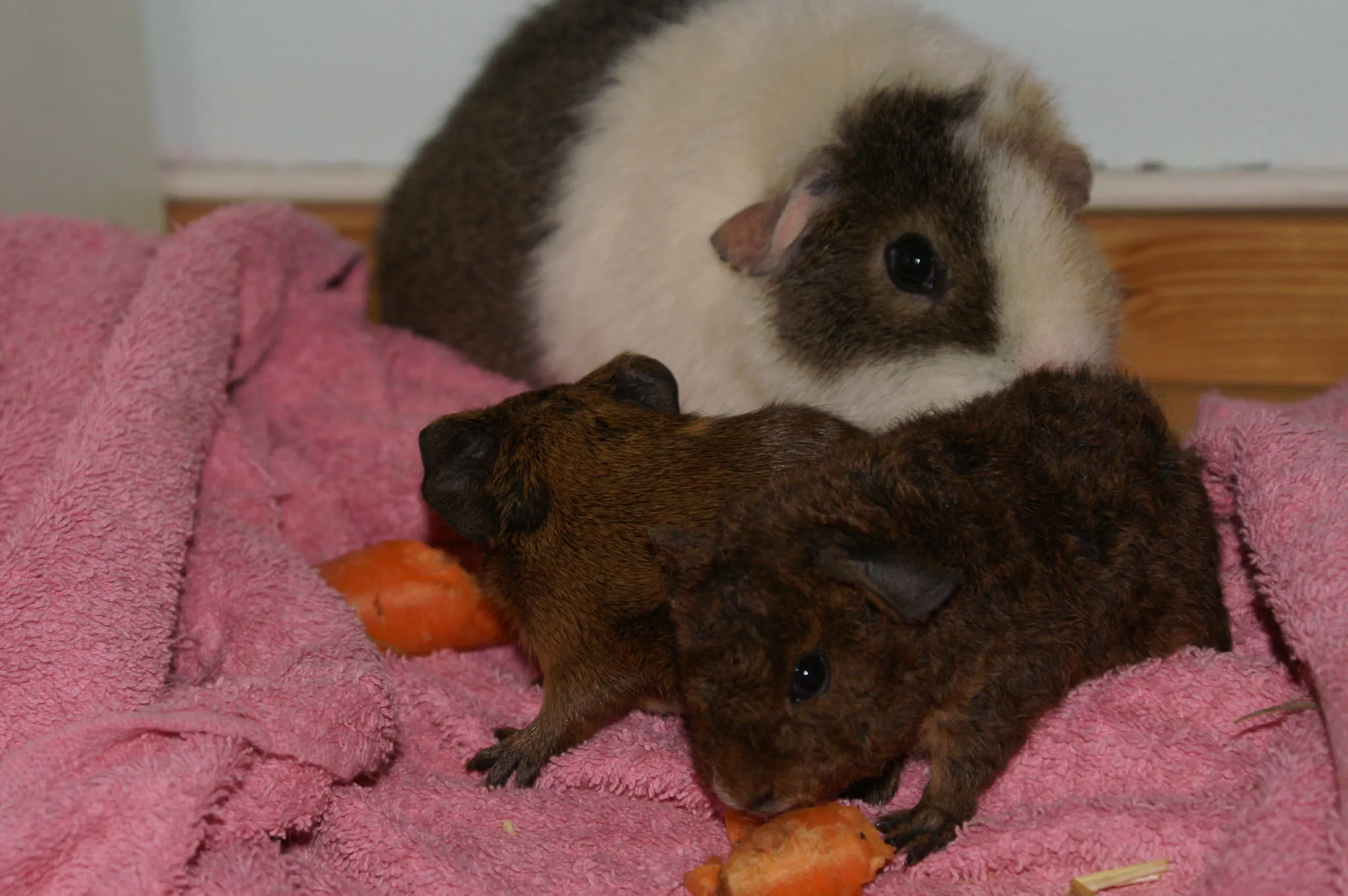
Guinea Pig:
Caution needed to avoid unintentional injury; may nip if handled roughly.
Rabbit:
Handle with care, particularly larger breeds; be cautious of their powerful hind legs.
Comparison: Similar precautions are advised for both species, emphasizing gentle handling.
Ecological Implications: Human interactions should consider the safety of both the animals and humans involved, minimizing stress and harm.
24. Conservation Status:
Guinea Pig:
Not a species of conservation concern; domesticated varieties widely kept as pets.
Rabbit:
Varied conservation status depending on species; some are endangered due to habitat loss and other threats.
Comparison: Rabbits, especially certain wild species, may face conservation challenges, whereas guinea pigs are not typically in conservation focus.
Ecological Implications: Conservation status reflects broader ecological issues such as habitat loss and human impact.
*Summary of Comparison
Appearance:
Guinea pigs: Compact, rounded.
Rabbits: Slender, elongated.
Size:
Guinea pigs: 8-10 inches.
Rabbits: Varies, 2 to 2.5 feet.
Weight:
Guinea pigs: 1.5-2.5 pounds.
Rabbits: 2-20 pounds.
Dentition & Bite Force:
Guinea pigs: Limited bite force.
Rabbits: Strong bite force.
Physical Offensive Advantages:
Guinea pigs: Limited.
Rabbits: Strong hind legs for kicking.
Physical Defensive Advantages:
Guinea pigs: Limited, hiding.
Rabbits: Excellent burrowers.
Speed:
Guinea pigs: Slow.
Rabbits: 25-45 mph.
Agility:
Guinea pigs: Moderate.
Rabbits: Highly agile.
Senses:
Guinea pigs: Good smell, hearing; limited vision.
Rabbits: Excellent vision, sensitive hearing, smell.
Overall Physical Capacity:
Guinea pigs: Moderate.
Rabbits: High, especially in speed and agility.
Habitat & Region:
Guinea pigs: Grasslands, South America.
Rabbits: Diverse habitats worldwide.
Tracks:
Guinea pigs: Small, round.
Rabbits: Larger, distinctive.
Lifespan:
Guinea pigs: 5-7 years.
Rabbits: 5-10 years.
Mode of Feeding:
Both: Herbivores.
Intelligence:
Guinea pigs: Limited.
Rabbits: Higher problem-solving.
Social Behavior:
Both: Social; rabbits with complex structures.
Reproduction:
Guinea pigs: Gestation ~68 days.
Rabbits: Gestation 28-35 days.
Parental Behavior:
Both: Provide maternal care.
Proximity to Humans:
Both: Can adapt to human-inhabited areas.
Behavior Toward Humans:
Guinea pigs: Docile.
Rabbits: Varied.
Danger to Humans:
Both: Generally not dangerous.
Associated Precautions:
Both: Handle with care.
Conservation Status:
Guinea pigs: Not a conservation concern.
Rabbits: Varies; some species endangered.
Conclusion
I. Similarities:
Both are herbivores.
Social animals with a capacity for bonding with humans.
II. Differences:
Rabbits are generally larger and faster.
Guinea pigs exhibit less complex social structures.
Rabbits have a shorter gestation period and may face varying conservation statuses.
